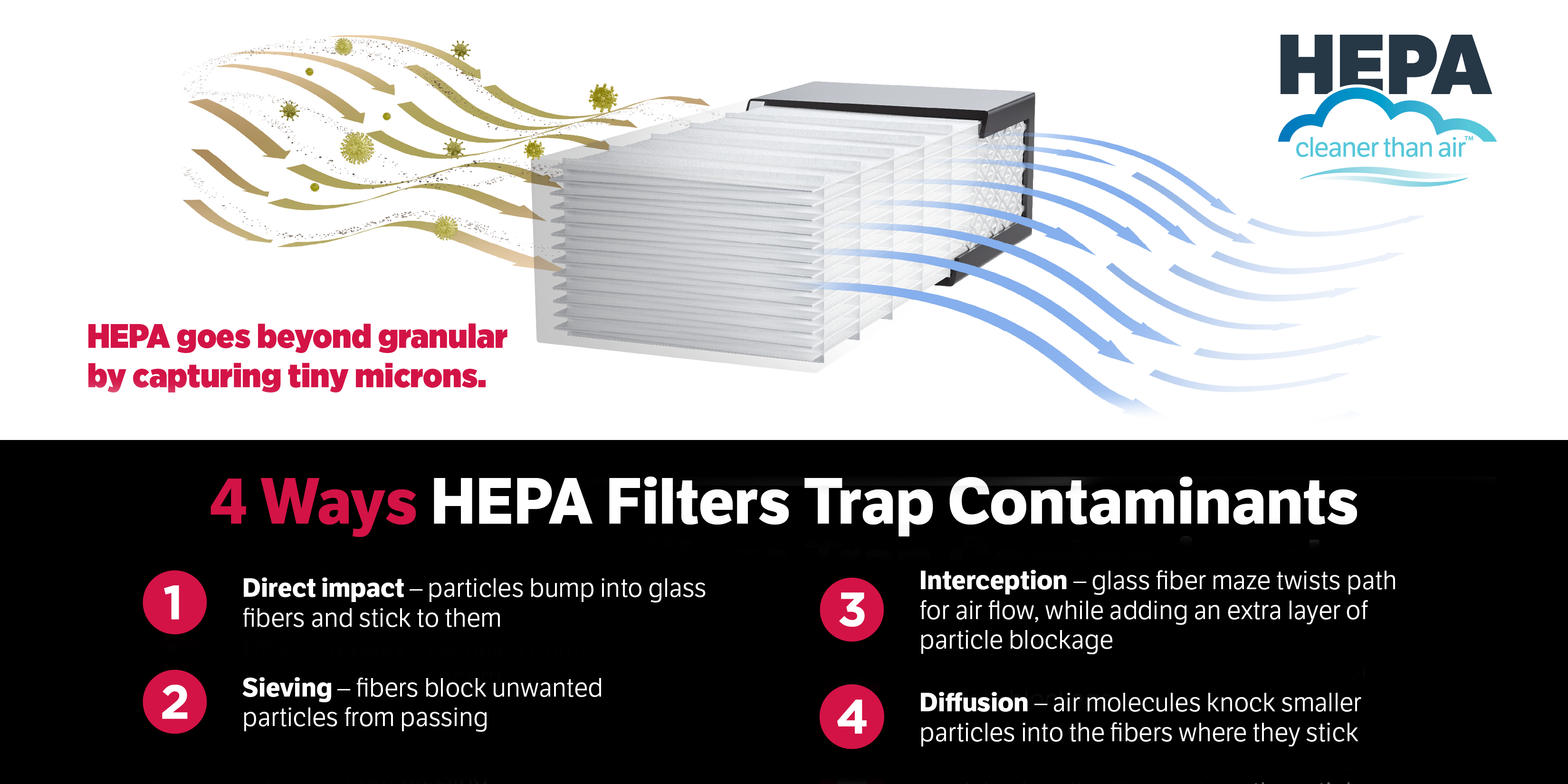Inhale and exhale. Now, imagine what just went in and out of your lungs. The indoor air surrounding us in our homes, schools, places of work, and all the public places and spaces we go to can contain all sorts of contaminants like dust, germs, viral particles, droplets, debris, you name it.
Fortunately, most of the particles in the air are harmless. Individual situations and environments like healthcare settings, more confined public spaces like airplanes, commercial clean rooms, and restrooms can benefit from filtered air.
The hub of human activity, public restrooms are a high-turnover environment with their own set of unique factors where clean air can make a difference. This is where HEPA filtration really cleans up!
HEPA in Hand Drying
Center for Disease Control (CDC) states that clean towels and air hand dryers are both effective at drying your hands. Germs spread more easily when hands are wet, so drying hands completely with a hand dryer or paper towel is best.
However, automatic touchless hand dryers further promote hand hygiene and cut down on added expenses by eliminating touchpoints and cross-contamination, costs from restocking paper towels, and negative impressions from overflowing trash bins. Couple that with HEPA filtration, and these specific hand-drying solutions are a superior option for maintaining a clean restroom. Learn how this technology works to rid contaminants from the air. Click the image below to view the full infographic.
How does HEPA filtration work?
HEPA filters consist of interlaced glass fibers that are intricately twisted, turned, tangled, and warped. This intricate structure forms a complex maze that effectively captures contaminants as air flows through. When particles come into contact with the filter, they are halted through four mechanisms:
Direct impact: Particles collide with the glass fibers and adhere to them.
Sieving: Small gaps between fibers are created, preventing particles from passing through.
Interception: The labyrinthine arrangement of glass fibers forms a convoluted path for airflow, making it challenging for heavier particles to navigate and causing them to adhere to nearby fibers.
Diffusion: Smaller particles are jostled by air molecules, eventually colliding with and adhering to the fibers.
Where is HEPA filtration used?
Due to its established dependability and efficiency in eliminating nearly 100% of airborne contaminants, HEPA filtration technology is employed across a diverse range of industries today. Commercial-grade HEPA filters are integrated into various HVAC systems and are also present in the ventilation systems of commercial airplanes, portable air purifiers, and, naturally, in restroom hand-drying stations.
 *99.97% effective for particles 0.3 µm or larger.
*99.97% effective for particles 0.3 µm or larger.






